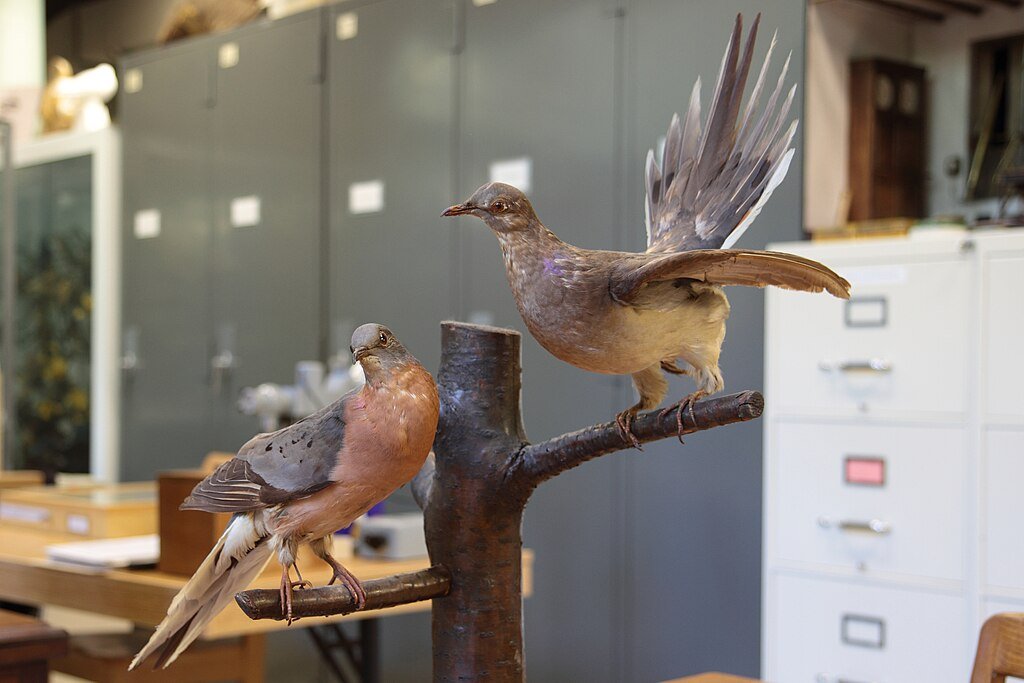The story of the Bubal Hartebeest is one of both lament and lesson. This magnificent creature once roamed in vast herds across North Africa, embodying the spirit of the savannah with its graceful horns and robust physique. However, it fell victim to overhunting, a tragic fate that many species have shared. Overhunting is not just a relic of the past; it’s a continuing issue that threatens biodiversity worldwide. This article explores the Bubal Hartebeest and other species that have been lost to overhunting, aiming to shed light on the importance of wildlife conservation and sustainable practices.
The Bubal Hartebeest: A Symbol of Lost Majesty
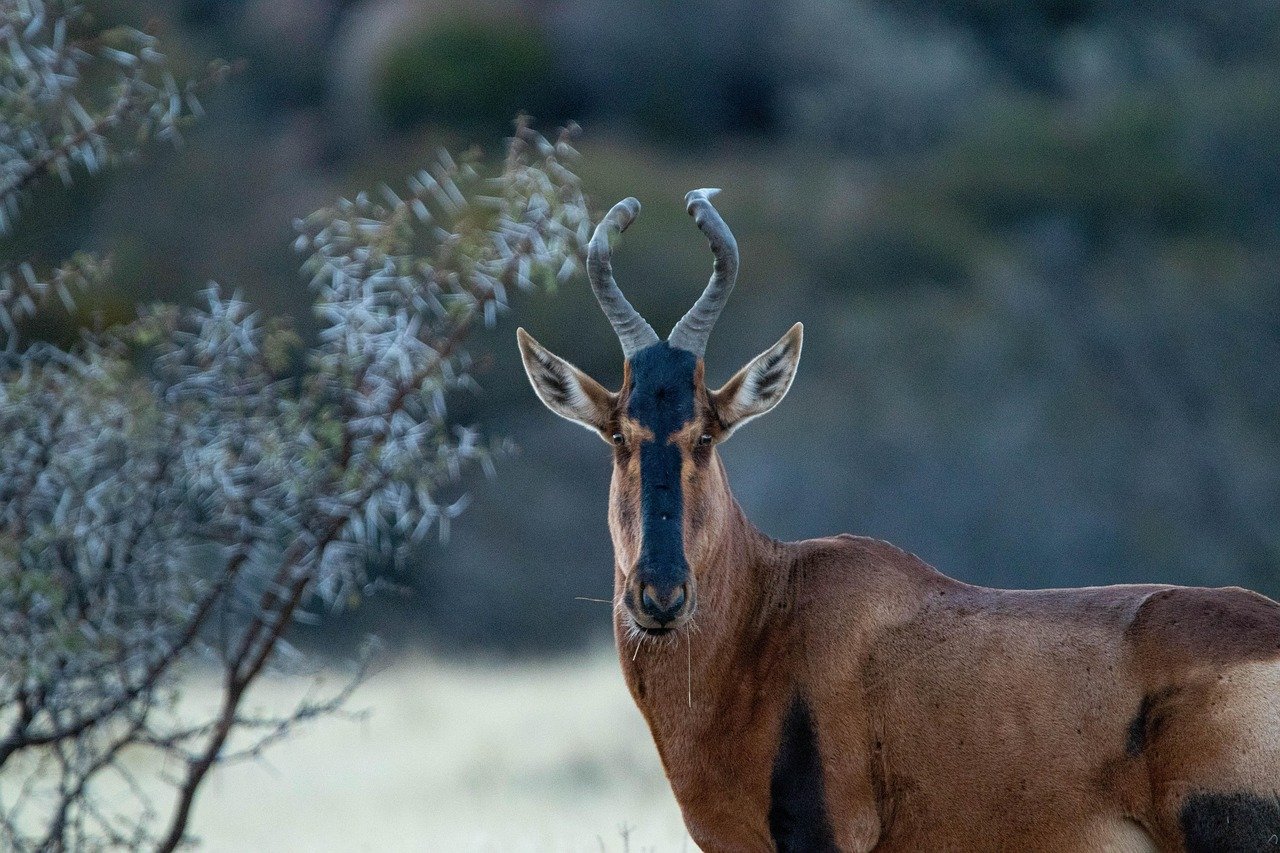
The Bubal Hartebeest was more than just an antelope; it was a symbol of the rich ecosystems of North Africa. Known for its reddish-brown coat and distinctive lyre-shaped horns, it was well adapted to the arid climates of its habitat. Despite its resilience, the Bubal Hartebeest could not withstand the relentless hunting pressures. Hunters sought its meat and hide, and as European colonization expanded, so did the demand for game. By the early 20th century, the Bubal Hartebeest had been driven to extinction. Its story serves as a poignant reminder of the consequences of unregulated hunting and the need for protective measures.
The Passenger Pigeon: From Billions to None
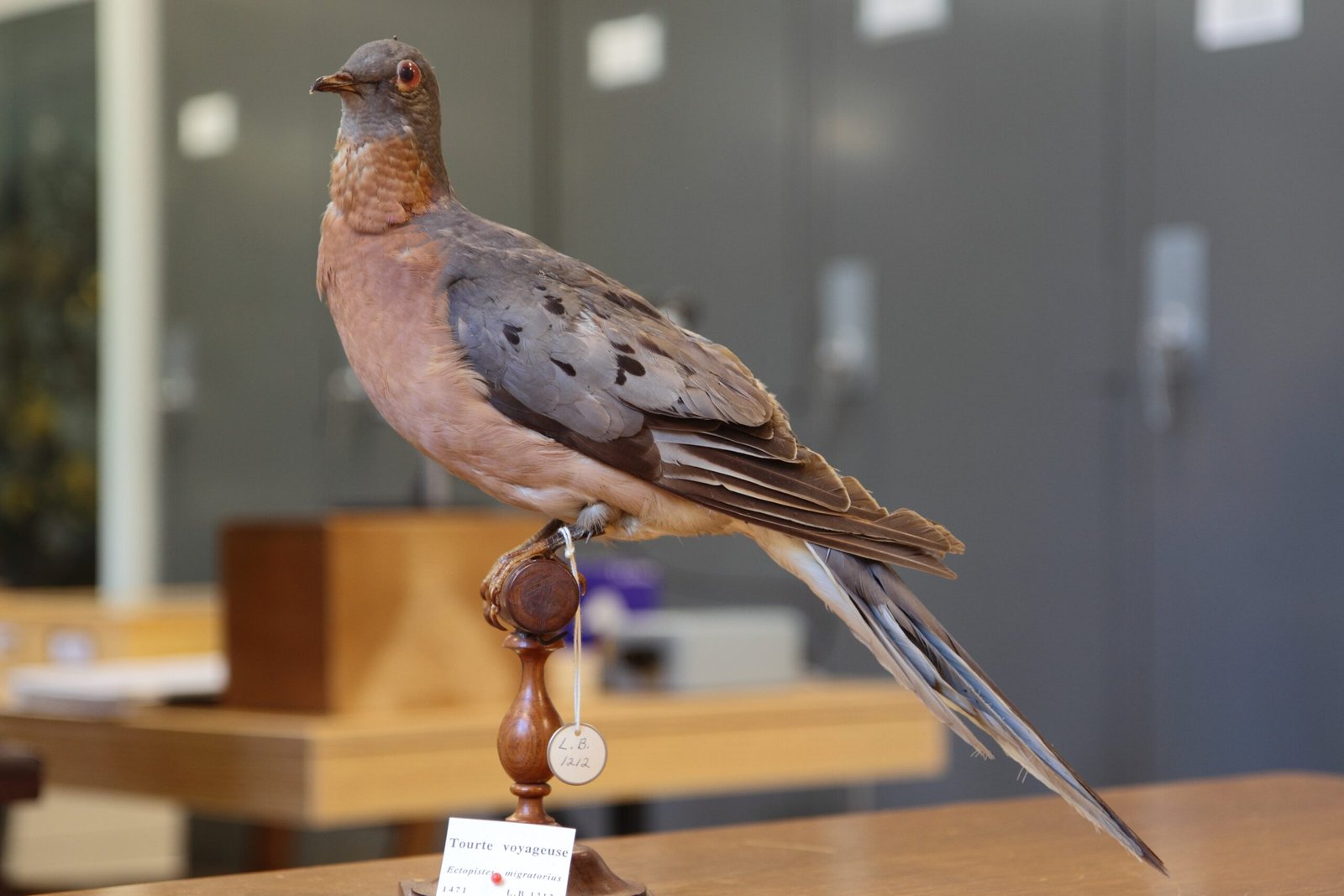
Once numbering in the billions, the Passenger Pigeon was a marvel of the North American skies. Its flocks were so large they could darken the sky for hours. However, this abundance was misleading, leading to unchecked hunting. The pigeons were hunted for food and sport, and their habitats were destroyed as human settlements expanded. By the early 1900s, the last known Passenger Pigeon died in captivity, marking the end of a species that had once been a cornerstone of its ecosystem. The Passenger Pigeon’s extinction underscores the fragility of even the most populous species when faced with human exploitation.
The Great Auk: The Flightless Bird of the North
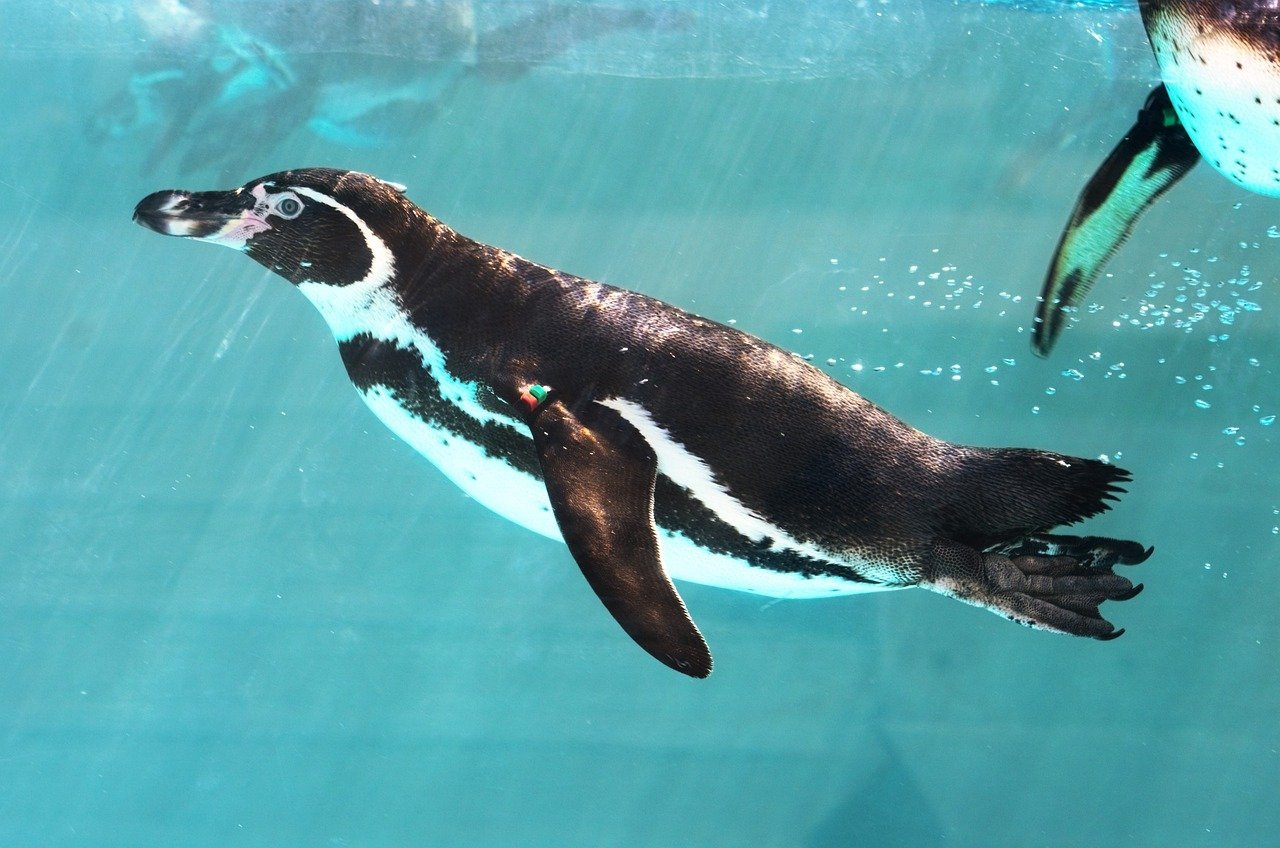
The Great Auk was a large, flightless bird that inhabited the North Atlantic coasts. Known for its striking black and white plumage, it was a proficient swimmer and diver. Unfortunately, its inability to fly made it easy prey for hunters. The Great Auk was sought for its feathers, meat, and oil, leading to its rapid decline. By the mid-19th century, the Great Auk was extinct, with the last known pair killed on Eldey Island in 1844. This loss highlights the devastating impact of overexploitation on vulnerable species and the importance of implementing conservation strategies.
Steller’s Sea Cow: A Gentle Giant of the Sea
Steller’s Sea Cow was a massive marine mammal that once thrived in the cold waters of the Bering Sea. Discovered by Europeans in the 18th century, it was hunted extensively for its meat and blubber. Despite its size and strength, the sea cow was defenseless against hunters, and within 27 years of its discovery, it was hunted to extinction. The demise of Steller’s Sea Cow is a stark reminder of how quickly human activities can eradicate a species, even one that seemed abundant and robust.
The Thylacine: The Vanished Predator of Tasmania
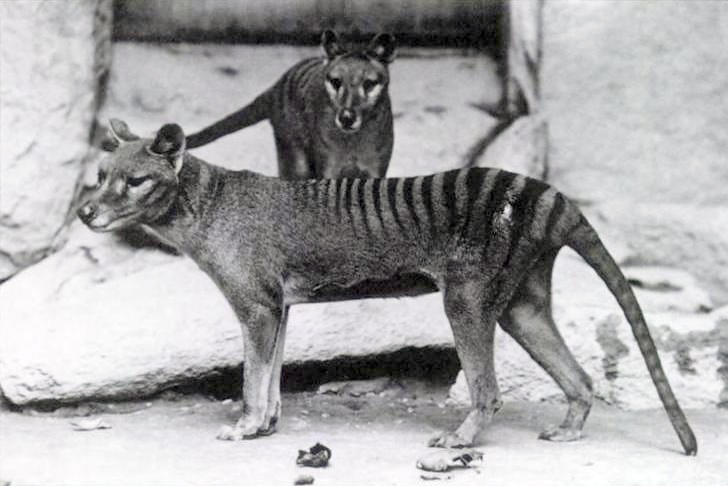
The Thylacine, also known as the Tasmanian Tiger, was a unique marsupial predator native to Tasmania. Its dog-like appearance and distinctive striped back made it an iconic species. However, it was perceived as a threat to livestock and was heavily hunted by European settlers. Bounties were offered for its capture, and by the 1930s, the Thylacine was declared extinct. The loss of the Thylacine illustrates the dangers of human-wildlife conflicts and the need for coexistence strategies.
The Quagga: A Half-Zebra, Half-Horse Enigma
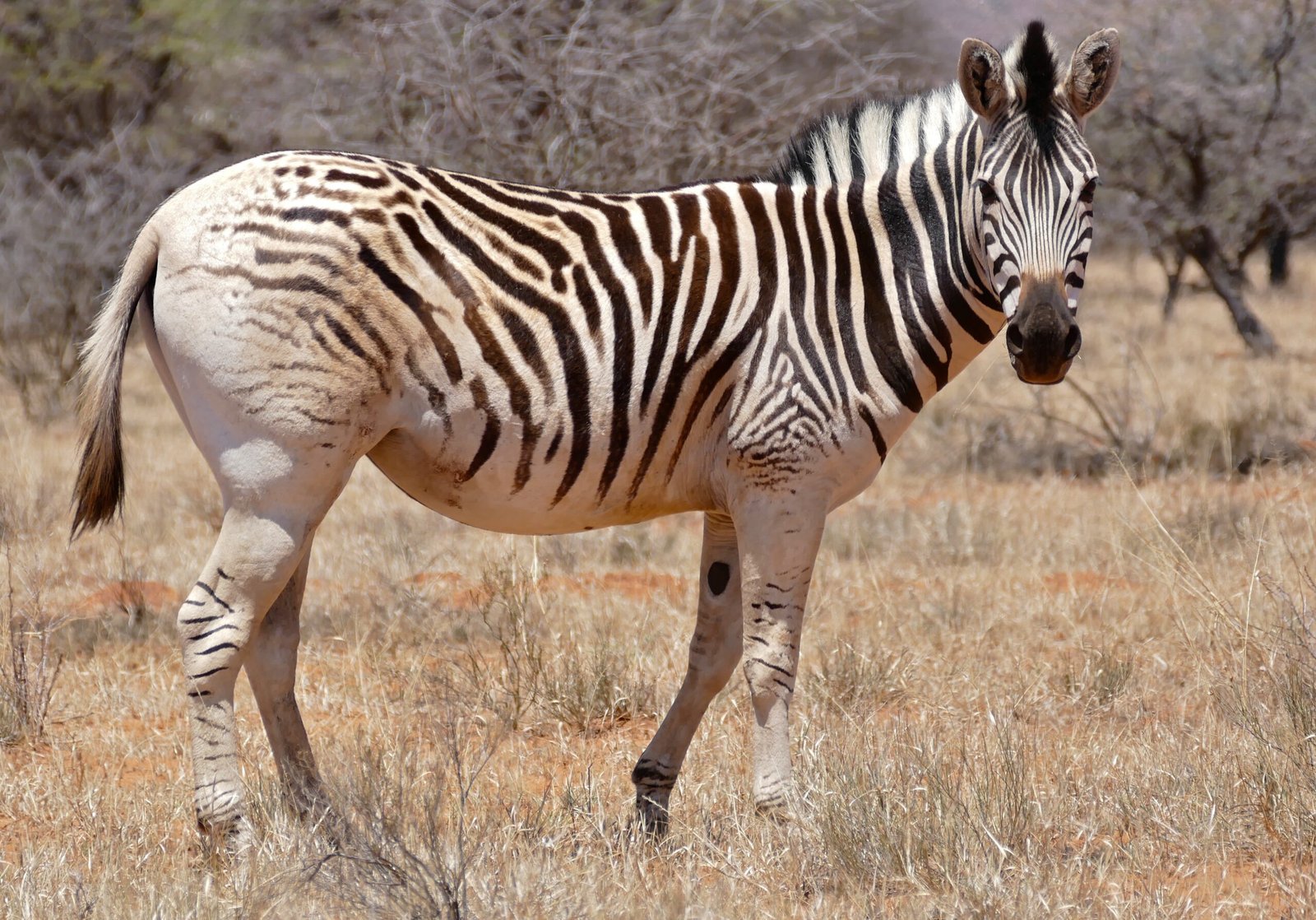
The Quagga was a subspecies of the plains zebra with a unique appearance, displaying stripes only on the front half of its body. Native to South Africa, it was hunted extensively for its meat and skin. By the late 19th century, the Quagga was extinct in the wild, with the last known individual dying in captivity in 1883. The Quagga’s extinction serves as a lesson in the importance of genetic diversity and the potential for de-extinction efforts through selective breeding.
The Caribbean Monk Seal: A Silent Sentinel of the Sea
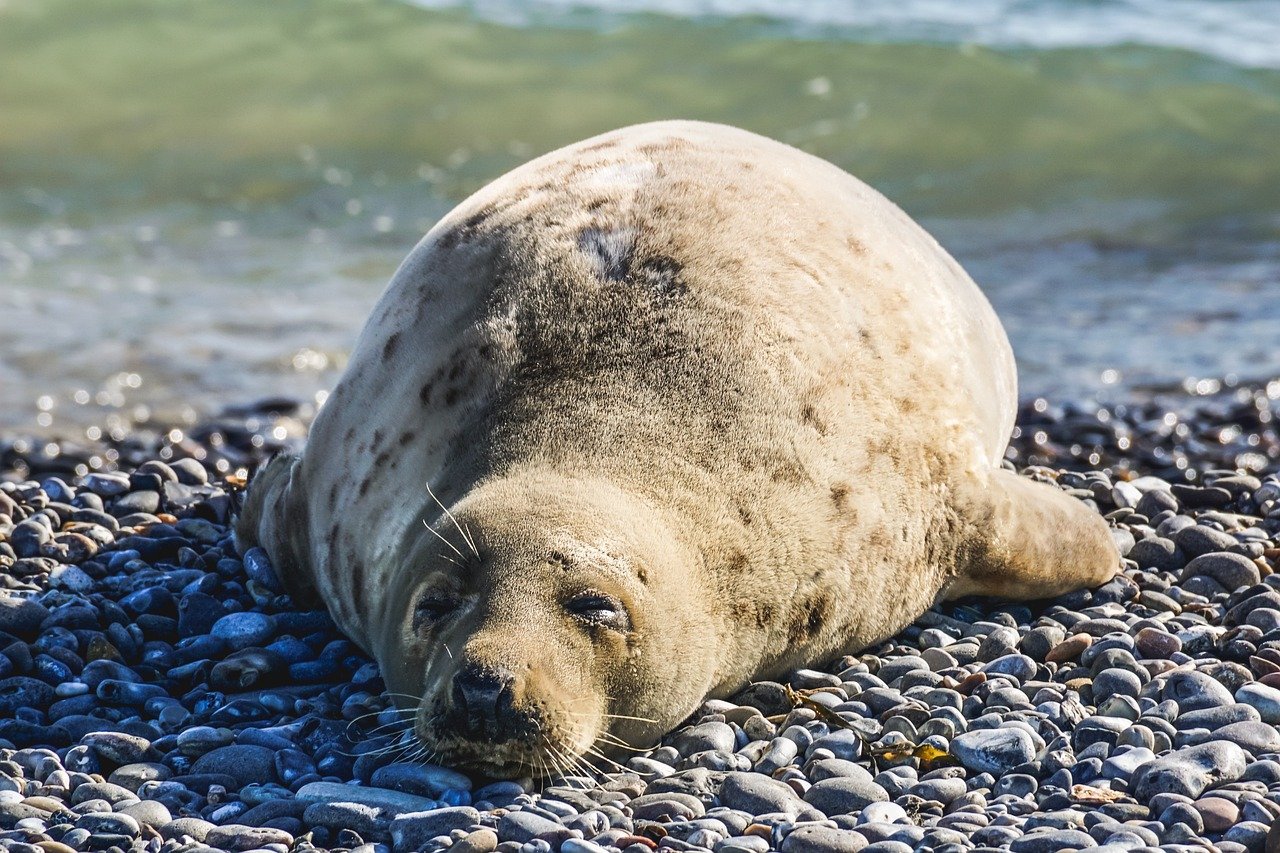
Once abundant in the Caribbean, the Caribbean Monk Seal was a critical component of marine ecosystems. Its population declined rapidly due to hunting for its oil and overfishing of its prey. By the 1950s, the species was declared extinct, marking the first extinction of a marine mammal in modern history. The loss of the Caribbean Monk Seal highlights the interconnectedness of marine life and the cascading effects of human activities on ocean health.
The Dodo: The Icon of Extinction
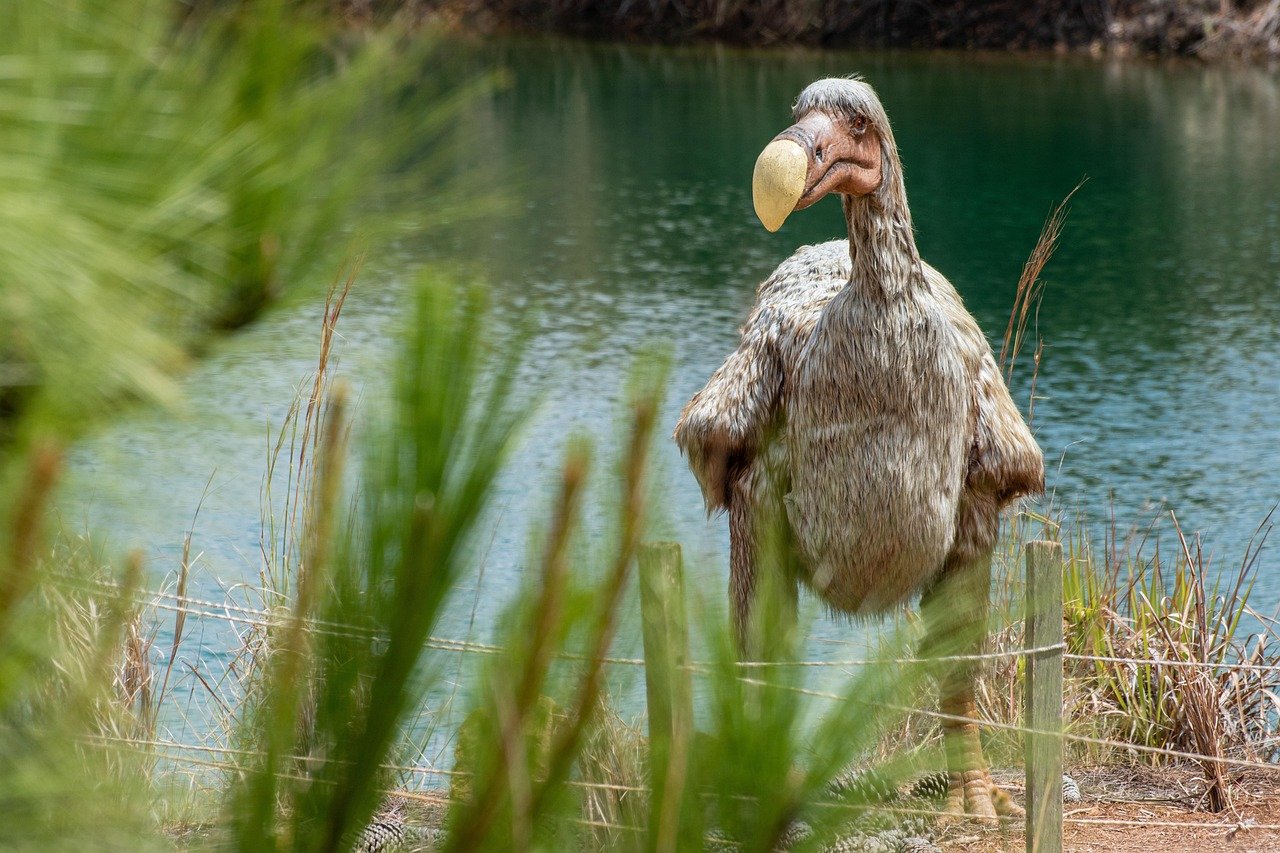
The Dodo, a flightless bird native to Mauritius, has become synonymous with extinction. Its large size and lack of fear made it easy prey for sailors and introduced predators. Within a century of its discovery, the Dodo was extinct, with the last reported sighting in the late 17th century. The Dodo’s story has become a symbol of human-induced extinction and a rallying cry for conservation efforts worldwide.
The Pyrenean Ibex: A Lesson in Conservation Challenges
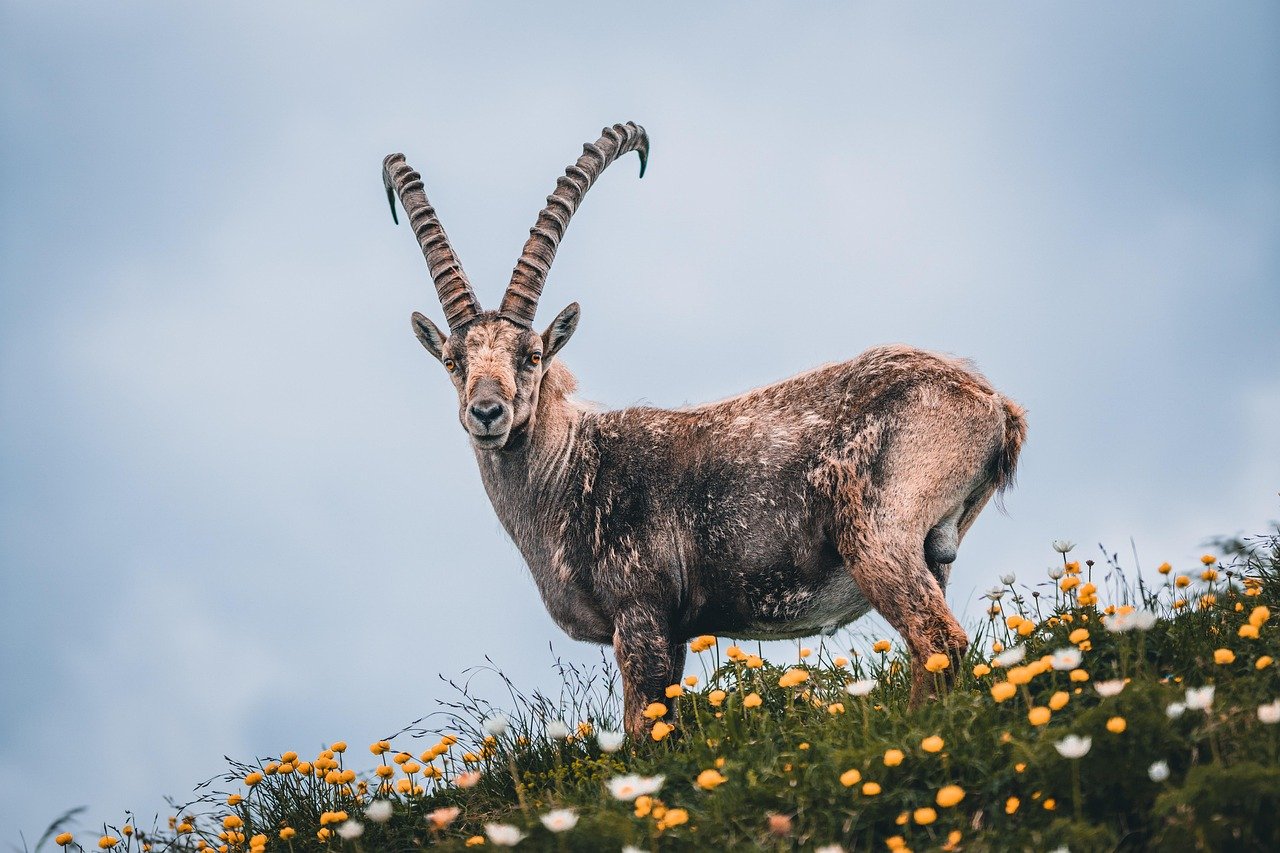
The Pyrenean Ibex, a subspecies of the Spanish Ibex, was native to the Pyrenees Mountains. It faced intense hunting pressure and habitat loss, leading to its extinction in the wild by the early 2000s. An ambitious cloning attempt briefly brought the species back, but the clone did not survive. The Pyrenean Ibex case underscores the complexities and limitations of conservation technologies and the importance of preserving natural habitats.
The Western Black Rhinoceros: A Tragic Tale of Poaching
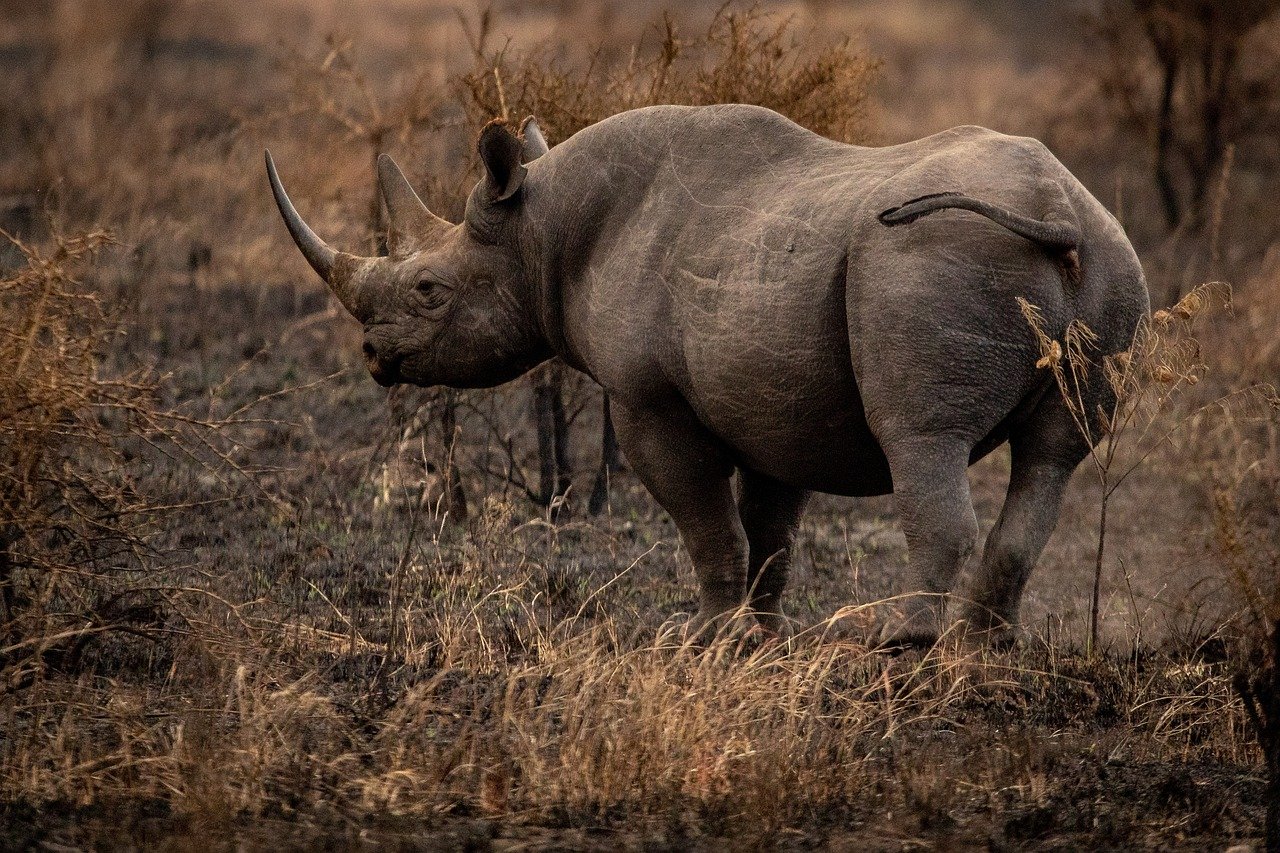
The Western Black Rhinoceros was a subspecies of the Black Rhino that roamed the savannas of Africa. It was heavily poached for its horn, which was highly valued in traditional medicine and as a status symbol. Despite conservation efforts, the Western Black Rhinoceros was declared extinct in 2011. Its extinction is a sobering reminder of the relentless threat of poaching and the urgent need for international cooperation to protect remaining rhino populations.
In reflecting on these lost species, it becomes clear that overhunting has far-reaching consequences that extend beyond the loss of individual animals. Each extinct species represents a break in the intricate web of life, affecting ecosystems and human cultures alike. Moving forward, it is essential to learn from the past and implement sustainable practices that balance human needs with the preservation of our planet’s biodiversity.

